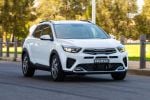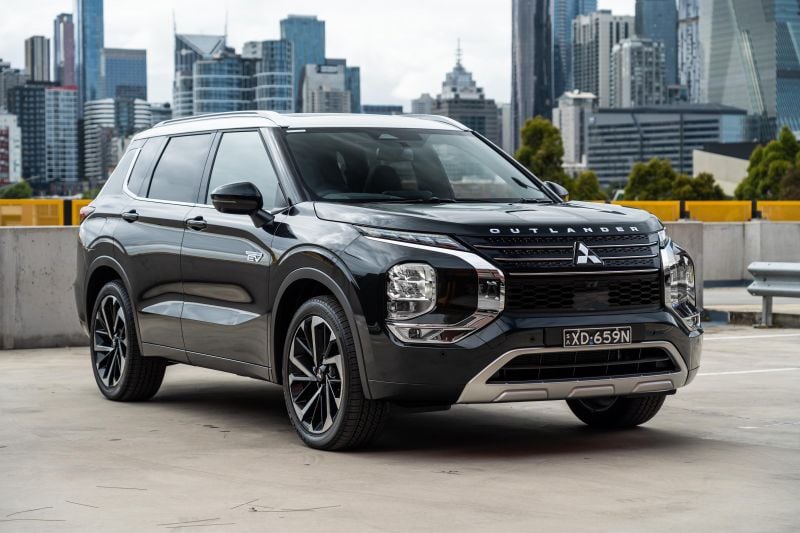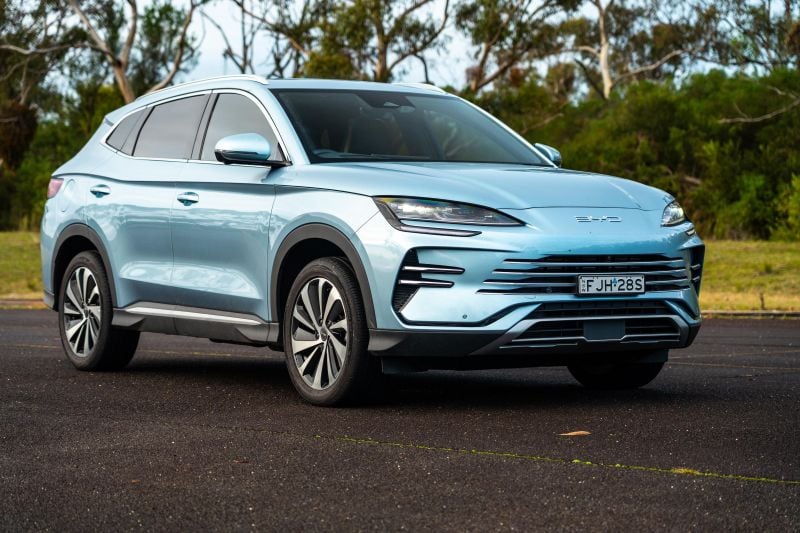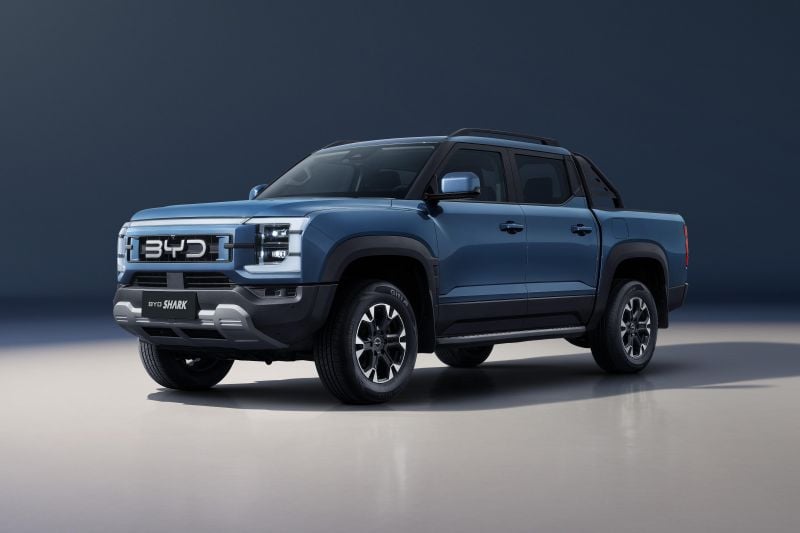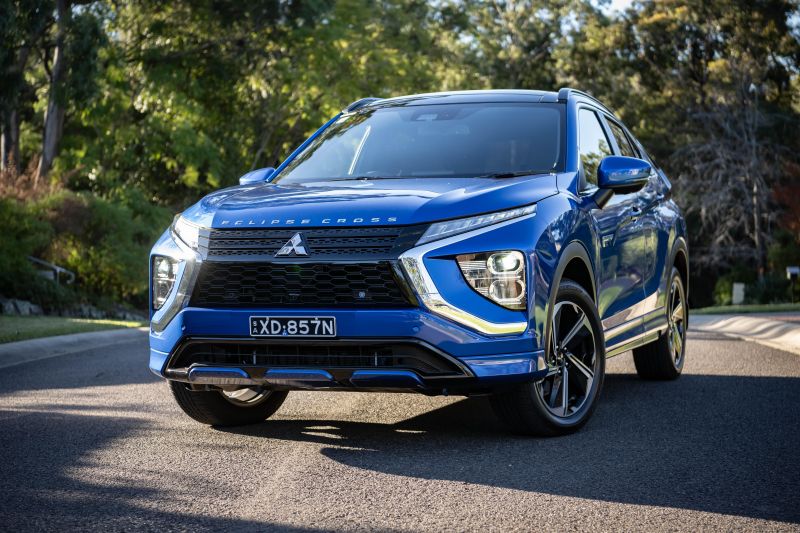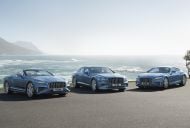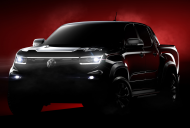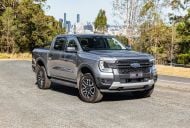Potential buyers of plug-in hybrid vehicles (PHEVs) currently have until April 2025 to make a purchase if they want to take advantage of the federal government’s fringe benefits tax (FBT) exemption scheme, but industry experts are calling for the program to be extended.
The FBT exemption is currently available for both PHEVs and electric vehicles (EVs) priced under $91,387 – the Luxury Car Tax threshold – which are purchased through novated leases.
With the scheme, the government effectively takes on the cost of your employer’s fringe benefits tax, which would typically be passed on to you.
Designed to incentivise zero- and low-emissions vehicles, the scheme has coincided with a rise in PHEV and EV sales in Australia, though these two technologies made up just 2.5 and 6.4 per cent of overall new vehicle sales last month, respectively.
100s of new car deals are available through CarExpert right now. Get the experts on your side and score a great deal. Browse now.
However, following the release of the first iteration of the NRMA’s two-part Changing Gears report, the National Automotive Leasing and Salary Packaging Association (NALSPA) has called for the FBT exemption to be extended, arguing it’ll help more Australians get into PHEVs before making the switch to EVs.
“PHEVs are the stepping stone to pure electric driving,” said NALSPA chief executive Rohan Martin.
“They’re a practical solution for motorists who seek the benefits of lower running costs and lower emissions but may regularly drive longer distances or have concerns about driving range, charging times and lack of public charging stations associated with a pure EV.
“We know drivers are primarily using PHEVs as electric vehicles but they also have the security of a conventional engine for longer trips or when charging isn’t readily available.”
Mr Rohan cited PHEVs becoming available across more popular body styles as reason for encouraging their uptake into the future, with the upcoming BYD Shark 6 and Ford Ranger PHEV soon offering Aussie buyers the choice to drive utes on both electric and petrol power.
“PHEVs also align with Australia’s preferred vehicle types. Australians love their larger dual-cabs and utes but right now, and into the near future, there will likely be a greater variety of these harder-to-fully-electrify vehicles available in PHEV form compared to BEV [battery-electric].
“PHEVs enable Australian motorists to commence their electrification journey earlier than would otherwise be the case, supporting Australia’s efforts to meet emissions targets.
“Our data shows PHEV uptake is increasing among everyday working Australians living in the outer suburbs and regional areas as these vehicles better suit their driving needs.
“PHEVs [are] meeting the driving needs and preferences of more working Australians coupled with growing model availability like the soon to be released Ford Ranger PHEV and BYD Shark 6 PHEV, underpinned by the FBT exemption making these PHEVs a realistic and affordable option for motorists.
“Continued government support of PHEVs is necessary to help more Australians transition their lifestyle to electrified lower emissions.
“To support Australia in meeting its emissions targets and to keep environmentally friendly larger vehicles affordable for more Australians, we encourage our national leaders to extend the FBT exemption for PHEVs beyond April 2025.”
Between January and September, 15,546 PHEVs were sold in Australia, representing a significant 120.5 per cent increase on the same nine-month period last year.
The PHEV market has received a particular boost in recent months from the BYD Sealion 6, which went on sale in June but has so far racked up 3207 sales – more than one-fifth of overall PHEV sales.
In September alone, the mid-sized SUV’s 1111 sales accounted for 45 per cent of the PHEV market and is expected to overtake the Mitsubishi Outlander PHEV as the best-seller by the end of the year.
The arrival of the aforementioned BYD Shark 6 and Ford Ranger PHEV are also expected to increase sales of the drivetrain technology, which remains the second slowest-selling powertrain type in Australia.
Petrol and diesel cars continue to dominate the market, though even their market share is being eaten into by traditional hybrids that don’t need to be plugged in, thanks in large part to industry leader Toyota.
MORE: What is novated leasing, and how does it work?
MORE: The fringe benefits tax exemption for electric cars explained
MORE: The EVs that avoid Fringe Benefits Tax in Australia
